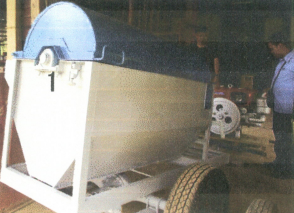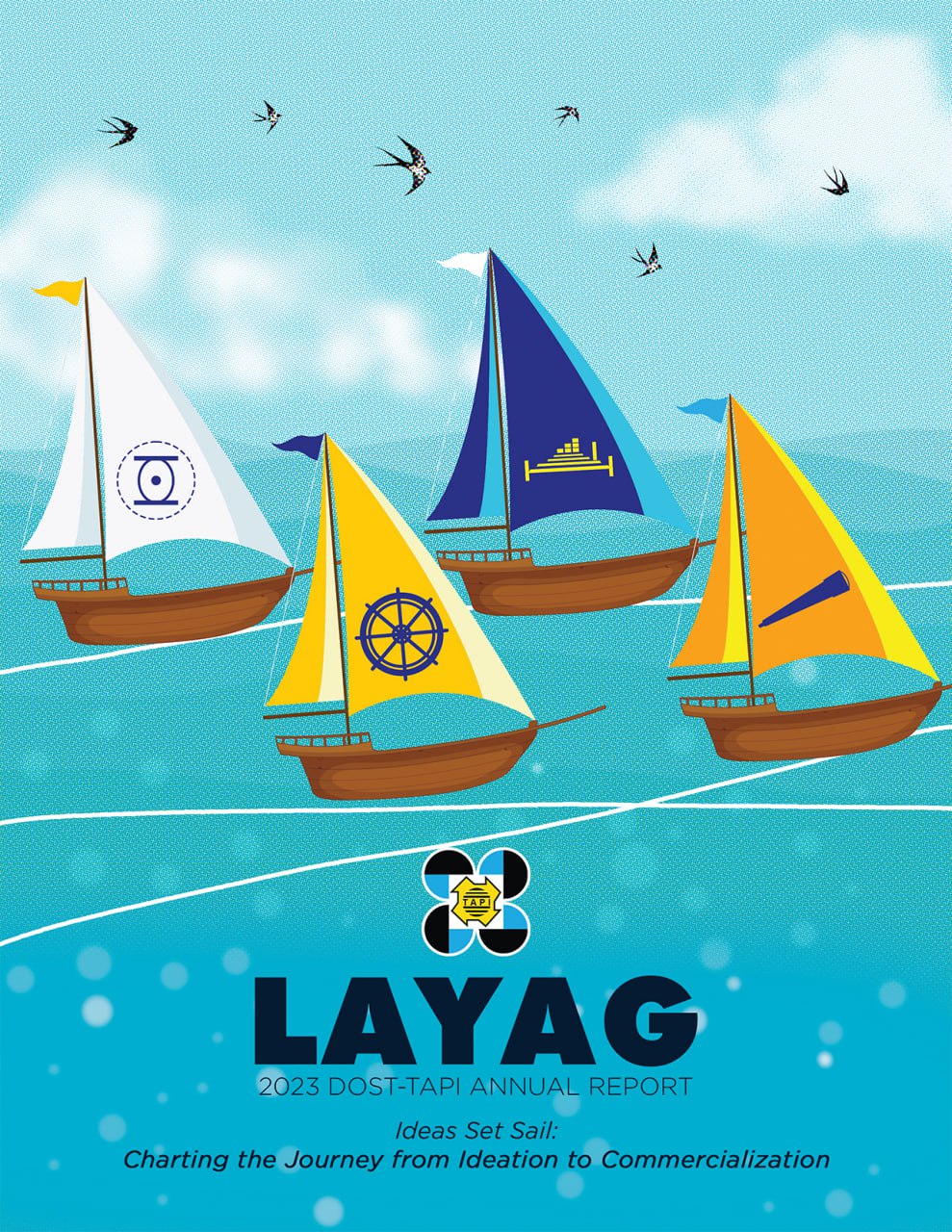- Details
By: Jemelle De Leon
Christopher Coballes invented Xentrinobot, an educational mobile robotics platform that can be used by students as a learning assistance tool. He was a beneficiary of DOST-TAPI’s Industry-Based Invention Development (IBID) program, which provides assistance for the fabrication of a commercial prototype of inventions, utility models, and industrial designs. He has an ongoing project under the Invention-Based Enterprise Development (IBED) program for the pilot production of his invention.
Christopher Coballes’ first classroom was his makeshift laboratory and garage beside their home on top of a hill in Pilar, Sorsogon. His first learning materials and educational tools were broken radios and appliances washed out by typhoons. His first classmates were his childhood friends with whom he would share toys he made from scratch. His first assignments were broken gadgets his neighbors would bring to his house for him to fix. And his first teacher was no other than his curious self, who was always hungry for discoveries.
That little handyman, however, didn’t choose to stay at his headquarters on top of the hill. He went down to where he could reach and serve more people with his talent and knowledge.
Endless thirst for knowledge
Before becoming known for his inventions and contributions in the field of robotics in the Philippines, Chris was already a popular little genius in his small community in Sorsogon. He passed the government exam for the then National Youth and Manpower Council in sixth grade.
But he was never that kind of genius that everyone expects and thinks of.
Throughout his school days, he never was the typical studious, book-smart, straight-A student. He described himself as an inquisitive street-smart who loved unconventional ways of learning and applying his knowledge. He enjoyed learning so much that he studied for three degrees during his college years at Aquinas University of Legazpi, now University of Santo Tomas-Legazpi.
“I’m not confident that I have only one degree. I know that computer engineering is different from mechanical and electrical,” he said.
He also took educational units in Bicol State College of Applied Sciences and Technology and, later on, a master’s degree while working at the University of the Philippines Diliman (UPD).
Chris has always undeniably been in love with learning, but not the kind that is limited within the four walls of the classroom. He proves this through two of his most notable inventions, the Robook scanner, and Xentrinobot, which are both innovative educational tools for the modern age.
The Robook scanner, now used in UPD Main Library, digitizes documents and books using an inexpensive but high-grade digital scanning machine. Xentrinobot is an educational mobile robotics platform that can be converted and assembled into various kinds of mobile robots, which can be used as students’ learning assistance tools especially during new normal learning in this pandemic.

Inventor Christopher Coballes was able to produce different types of robots since he started applying his knowledge in robotics. (Image source: Inv. Christopher Coballes)
- Details
By: Patricia Esteban
Jay Peneyra is a student turned educator who helped invent their school’s version of banana chipper. He was a beneficiary of DOST-TAPI’s Industry-Based Invention Development (IBID) program, which assists inventors to test, debug, refine, and optimize their inventions’ commercial prototypes.
Learning doesn’t end inside the confines of a classroom. It starts when one decides to go outside it and explore the unknown. Learning becomes associated with the people we meet, the people we teach, and the people who educate us.
For inventor and educator Jay Peneyra, he maximizes education through the power of collaborations.
Learning with the help of his classmates
It hasn’t always been an easy ride for Jay. He had to bounce back from learning curves he experienced along the way, including one in college. Along with his thesis mates, he worked on a coir decorticating machine, an invention designed to turn coconut husks into ropes, coco net, and other handicrafts to help farmers in Palawan.
But while developing their invention, their contractor backed out from the project. The machine was also not delivering their desired results. It was such a challenging time for Jay and his thesis mates that they thought they might not be able to graduate.
But Jay chose not to give up. He and his partners solved each problem in their project little by little with the help of their teachers and dean.
Learning with his colleagues and teachers
Jay is now an educator who still aims to innovate and push research forward for his students. He inspires them to rise above every challenge, especially when they feel like they are at the end of the line. He reminds his students to constantly have the thirst for research and be future-forward with their thinking.
“Tuloy-tuloy talaga ‘yung research, innovation, [at] improvement. Hindi talaga tumitigil,” he shared. “Huwag nating isipin na wala na tayong ma-momodify, wala na tayong ma-iimbento. Kung baga, meron pa.”
Jay also collaborated with his colleagues and teachers in developing the coir decorticating machine designed to separate coco fiber and coconut peat from the husk.


Above pictures show the rear and front view of the coco coir decorticating machine funded by DOST-TAPI.












